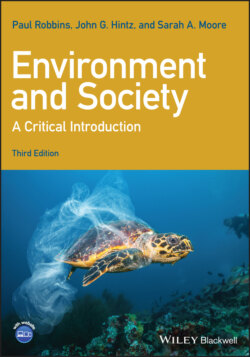Читать книгу Environment and Society - Paul Robbins - Страница 59
Exercise 3.1 The Price of Green Consumption
ОглавлениеGo to a grocery store or supermarket near you. Select four or five different types of products (for example: fruits, vegetables, packaged goods, meats, paper products, cleaners, etc.). Find a conventional version of this product as well as a “green” alternative. This may include an “organically” grown fruit or vegetable, a “free range” meat, “locally grown” produce, “green” or “eco-friendly” products, or products made from “recycled” or “recovered” materials, for example. What is the price difference (per unit where appropriate) between the “green” and conventional versions of each product?
What is the average percentage increase in cost of the groceries if your “green” products are selected instead of conventional ones? The average American family of four spends $8,500 per year on groceries (the average British family spends approximately $6,300). Assuming your percentage increase is typical and that all conventional groceries have “green” alternatives, how much more would the average family have to pay for only “green” groceries? Who can afford to pay such extra costs for groceries?
What is the benefit from this extra cost? Why are “green” alternatives more expensive to produce? Where does the extra money spent on each product go? How would you know? Where would you go to find out?
